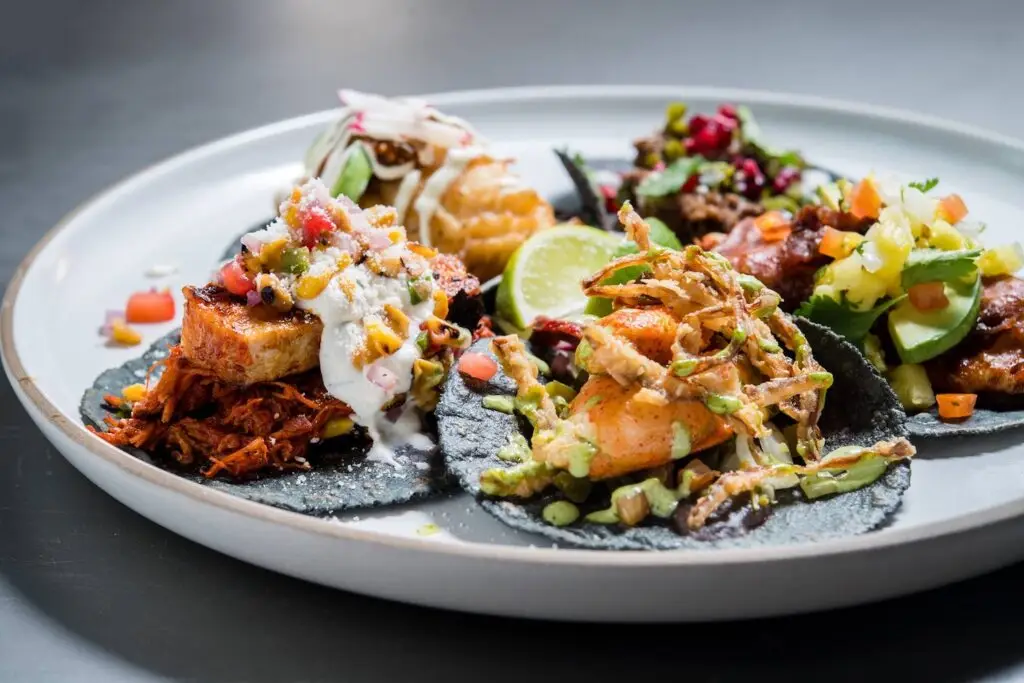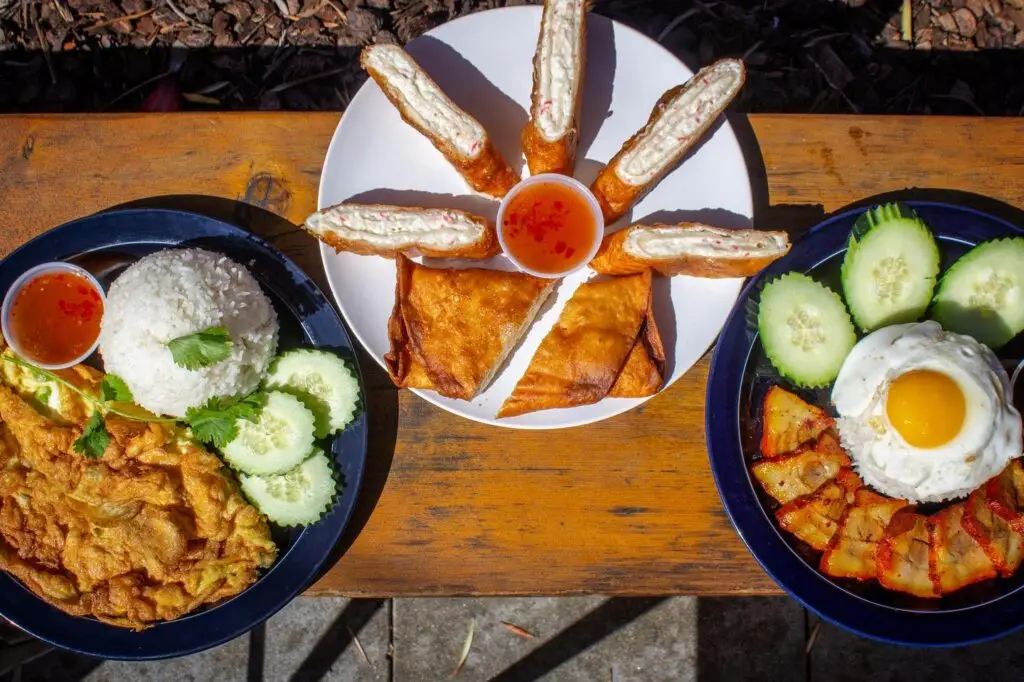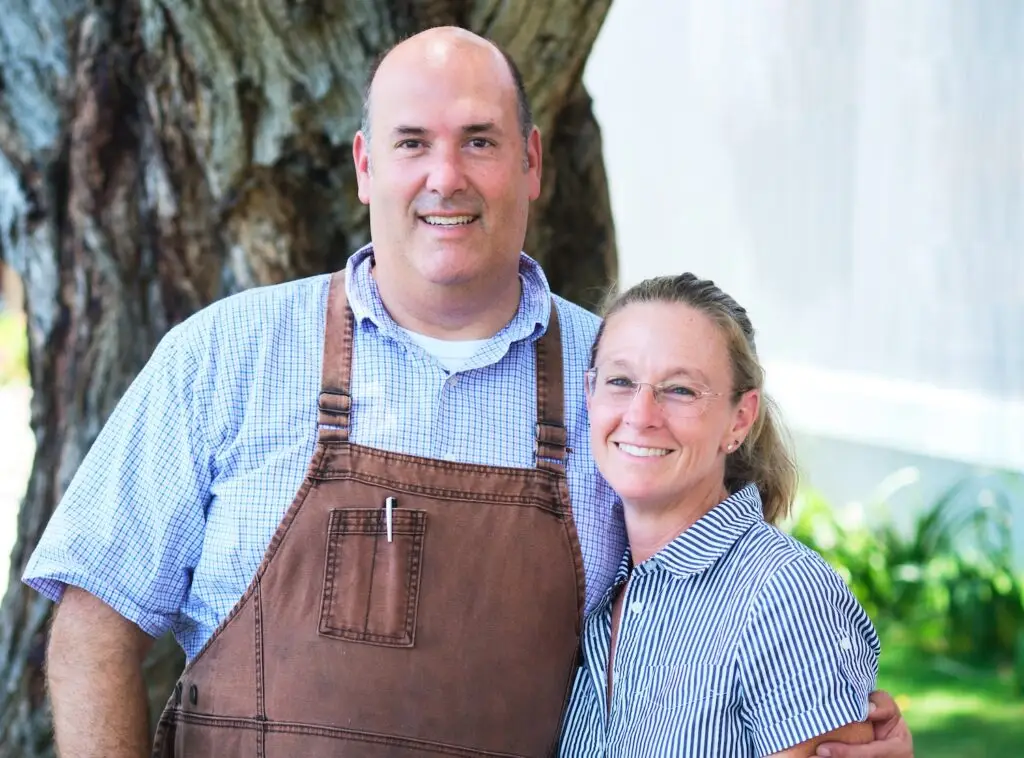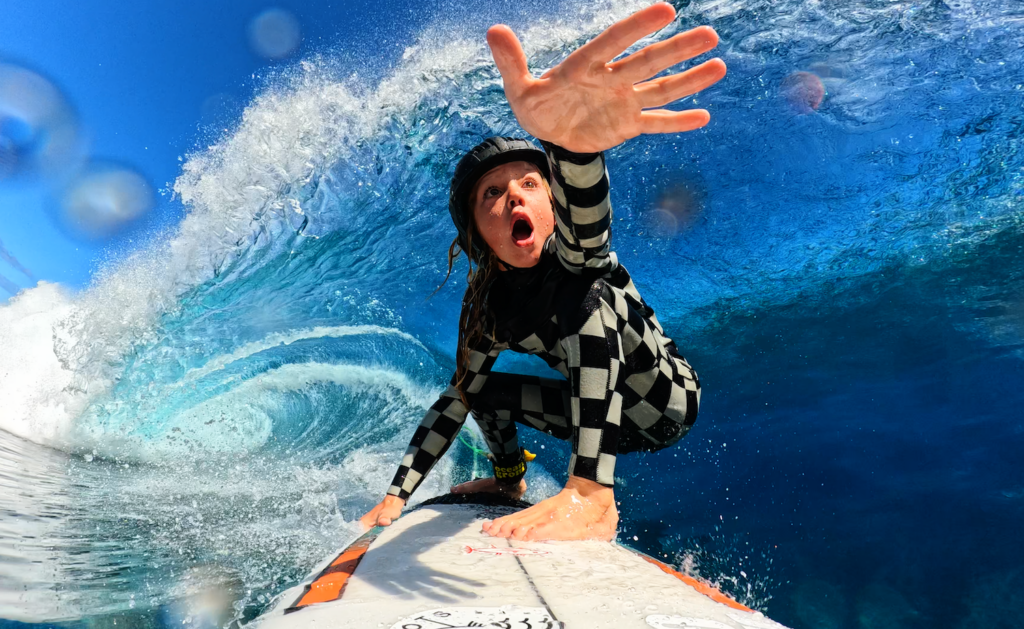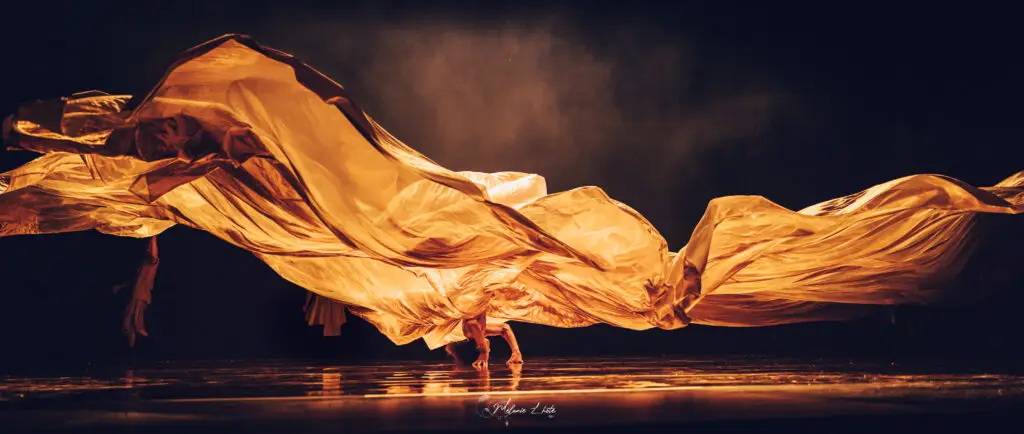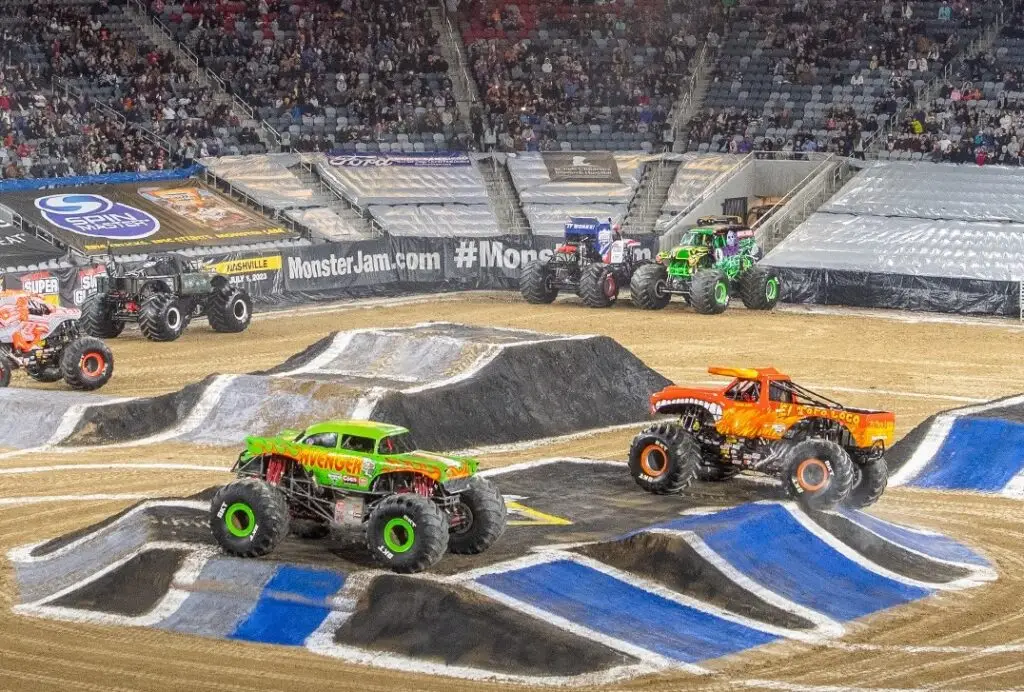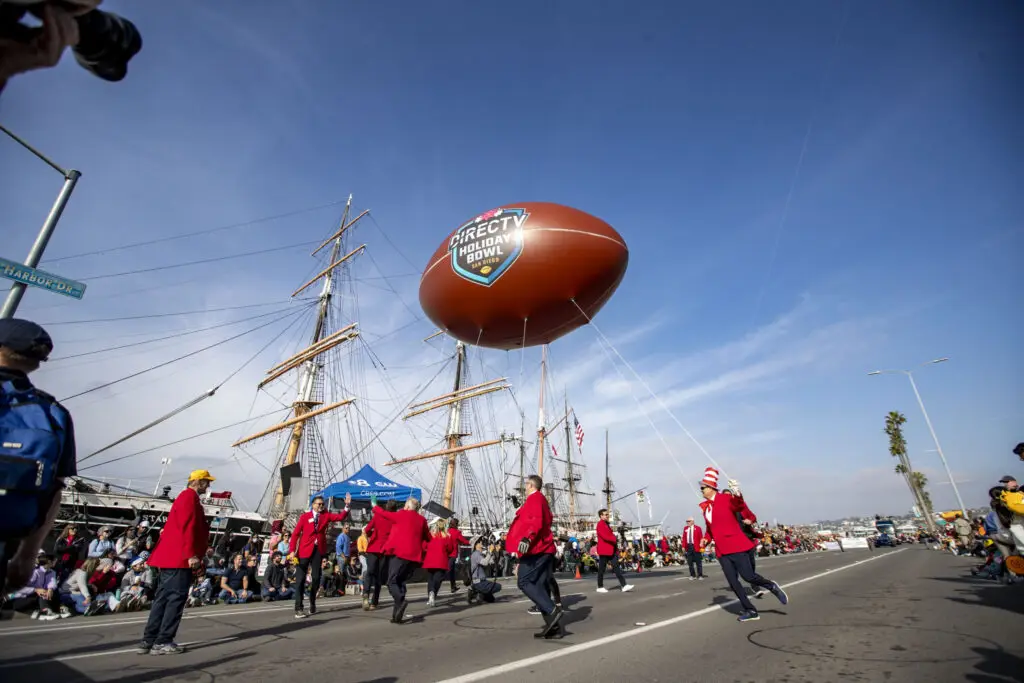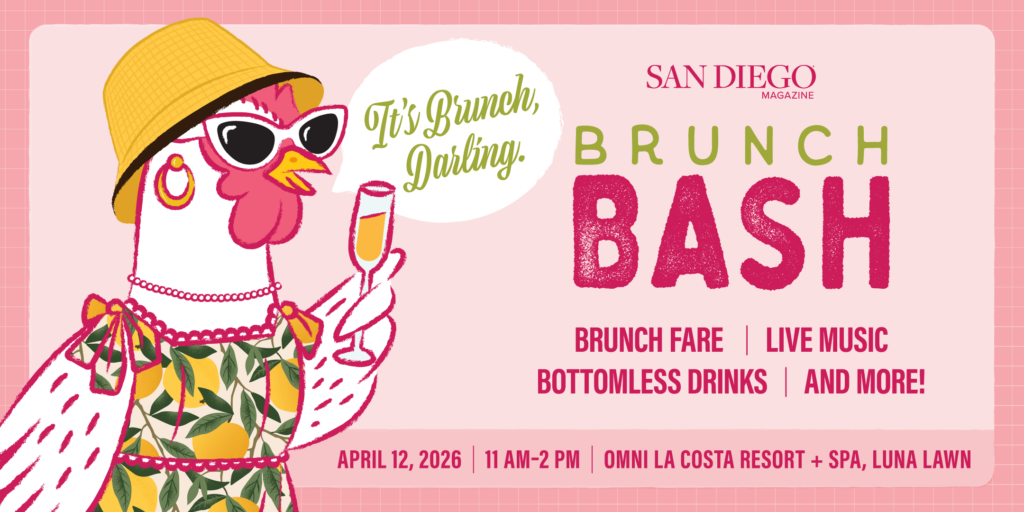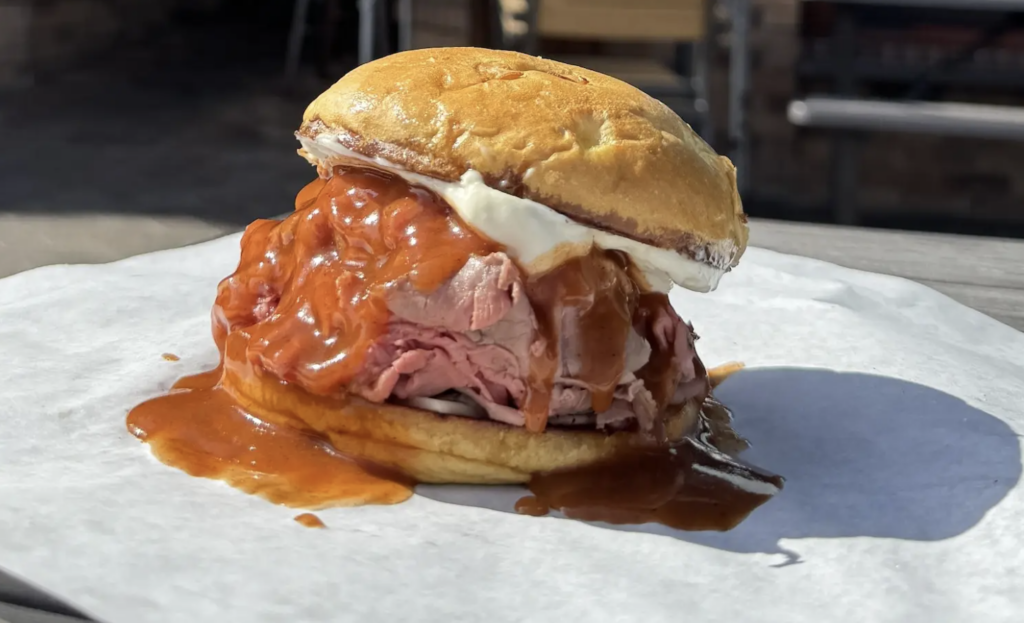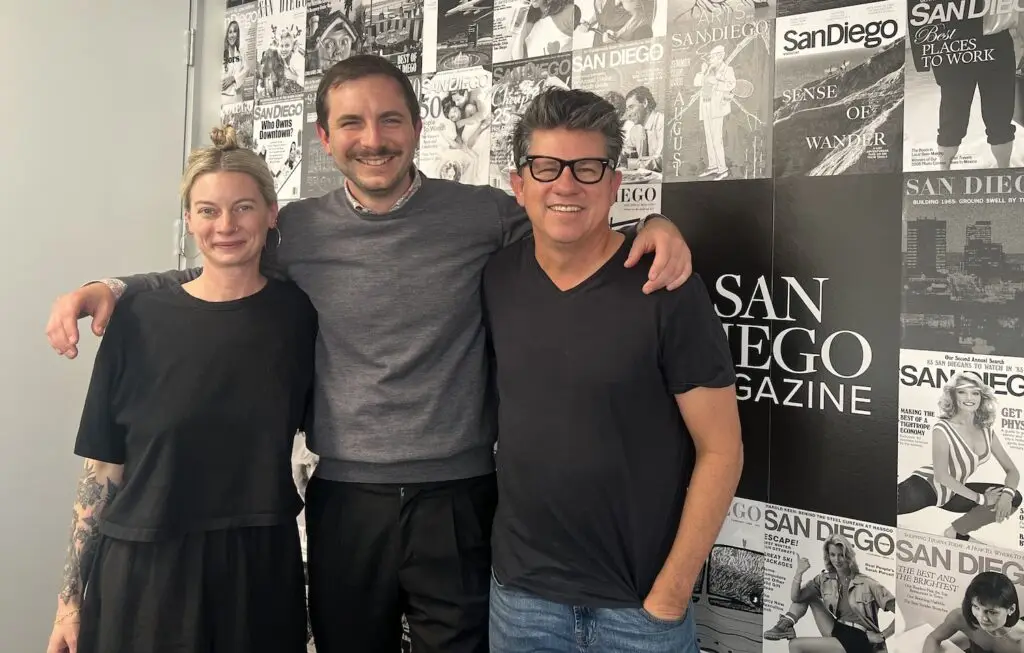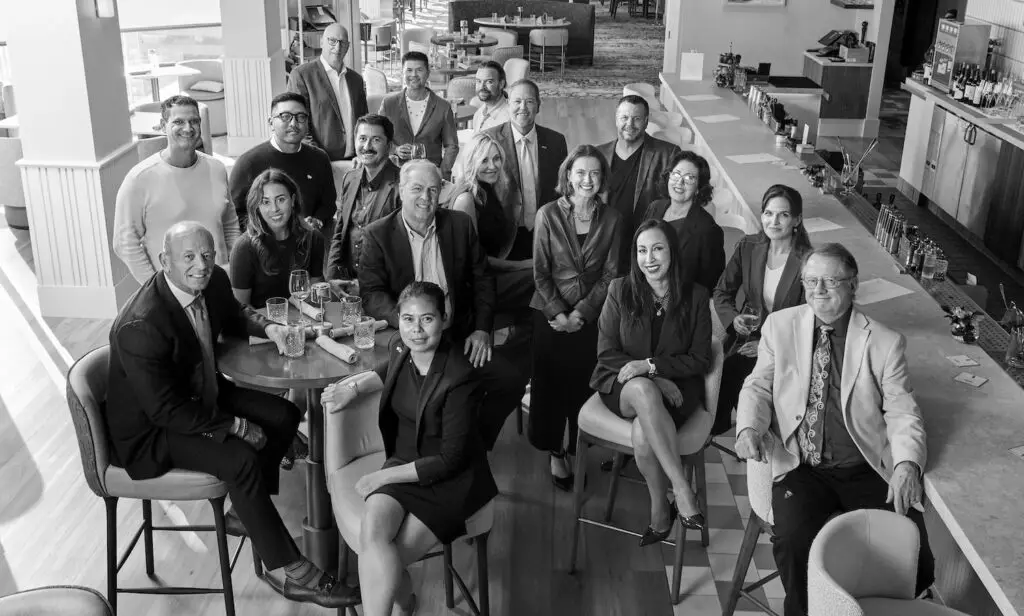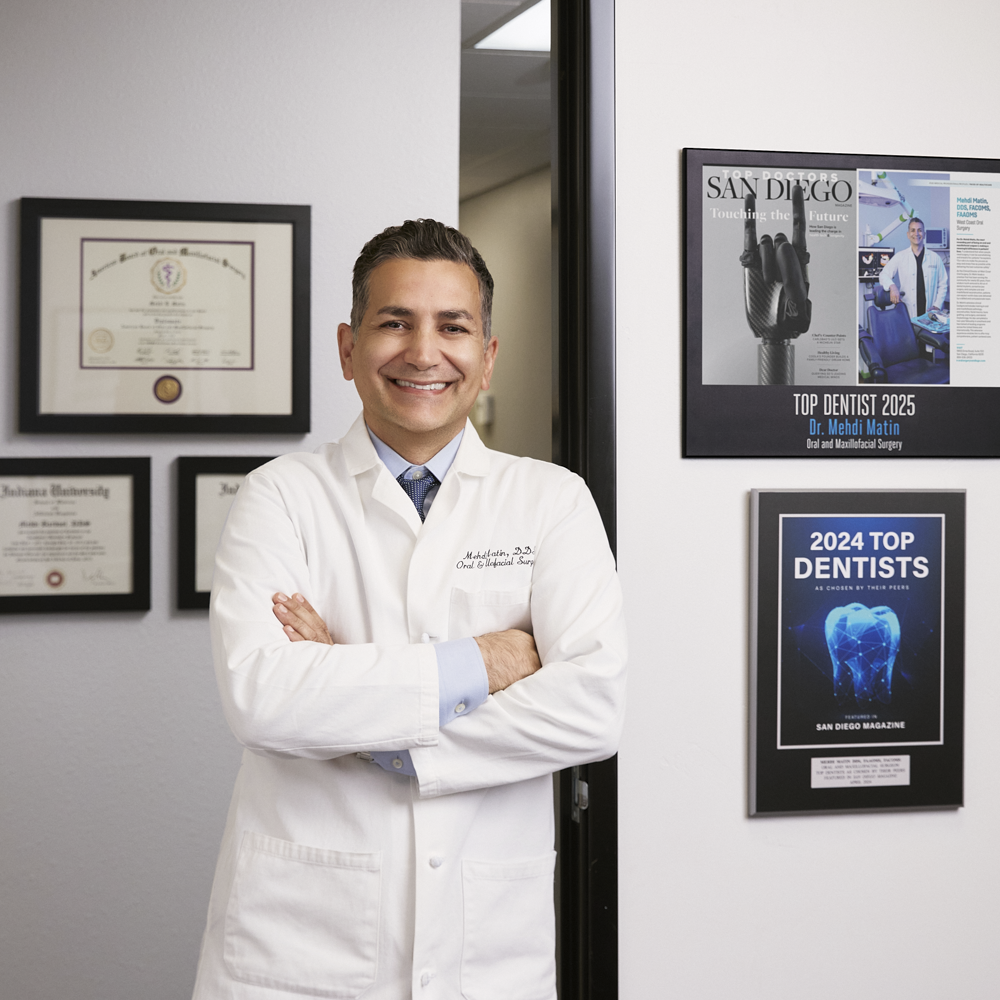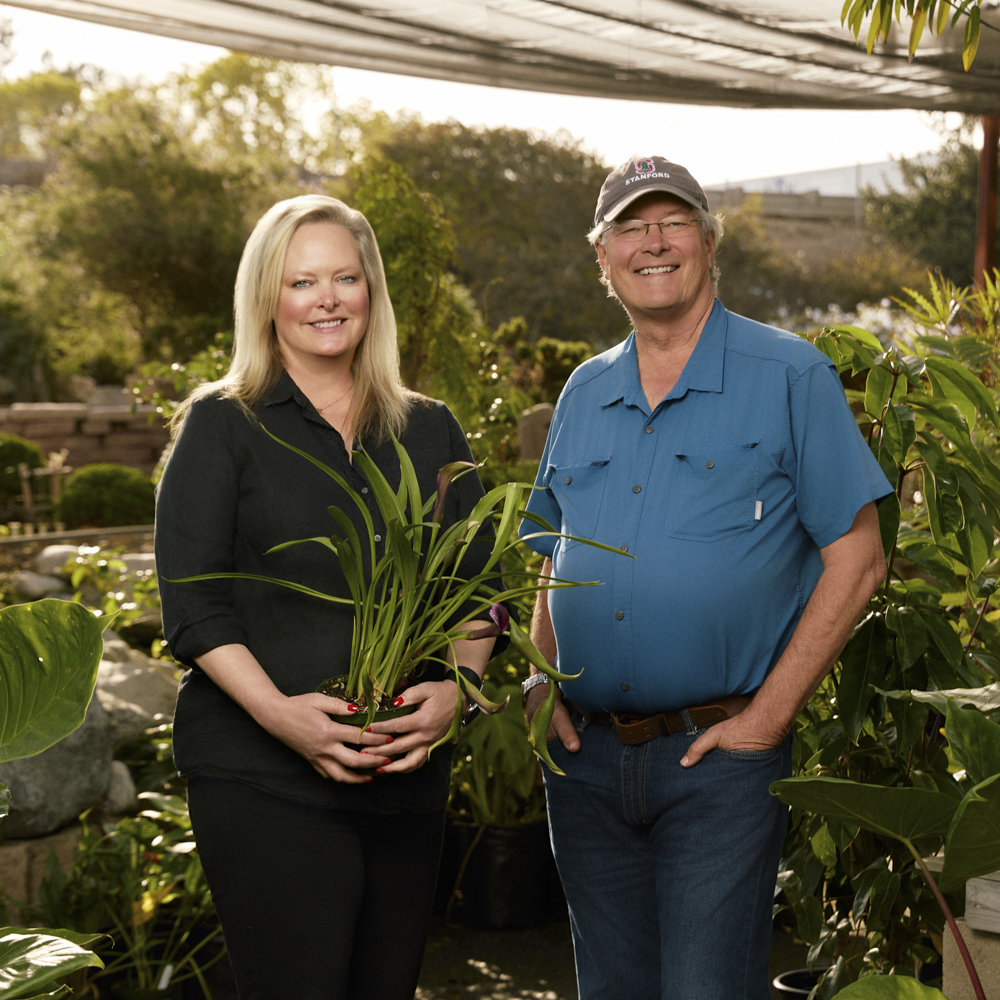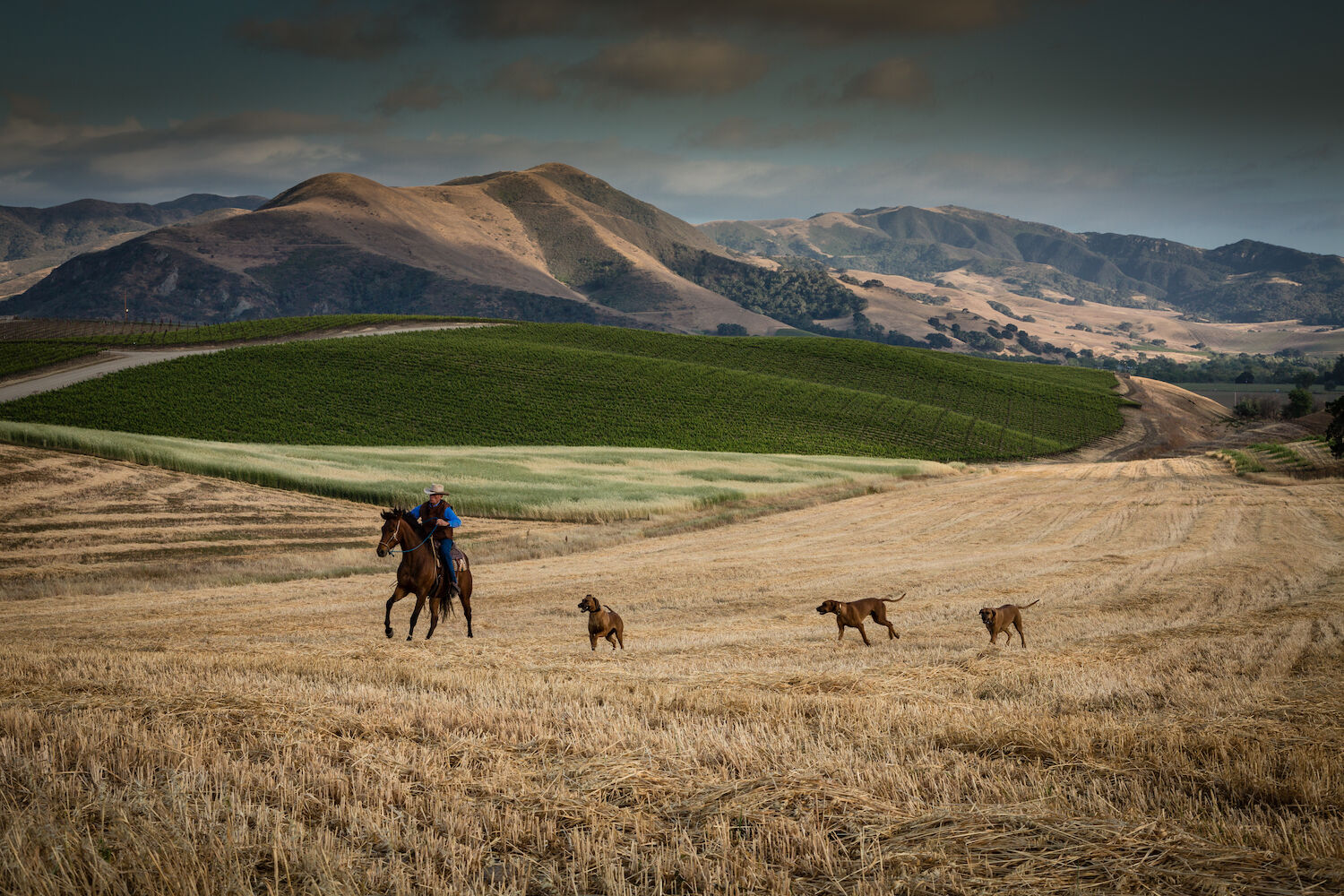
The view from Pence Vineyards in the Santa Rita Hills AVA
Courtesy of Pence Vineyards
Two sips into a ruby-toned syrah, I notice the mooing. We’ve been enjoying the quintessential California winery experience—fresh air, panoramic views, rustic property where rows of vines comb the hills like corduroy. I’m trying to find notes of plum and black currant in the glass when I hear it again: Not just the one cow, but many. Peering around the corner of a century-old farmhouse, I find men in cowboy hats on horseback, guiding and roping a small group of heifers into a pen. True vaqueros at work.
It’s just another day at Rancho Sisquoc, one of the oldest winemaking operations in Santa Barbara County. This was a cattle ranch first, operating since at least 1852, when its 36,000 acres were issued as a Mexican land grant. Still to this day, it raises some thousand heads per year.
It’s hardly the only ranch out this way making wine. Santa Barbara’s wineries frequently double as cattle operations and vice versa, making it the rare place where cowboy culture and viticulture coexist.
Oenophiles might know this wine country, 45 minutes north of downtown Santa Barbara, as the one next to the touristy Danish model town, Solvang. Now, more than ever, its wineries are hitting their stride, routinely delivering 90-point bottles and completing a victory lap as Wine Enthusiast’s 2021 wine region of the year. Among the standouts, ranch wineries are operating out of rustic, wooden structures, like the Rancho Sisquoc tasting room.
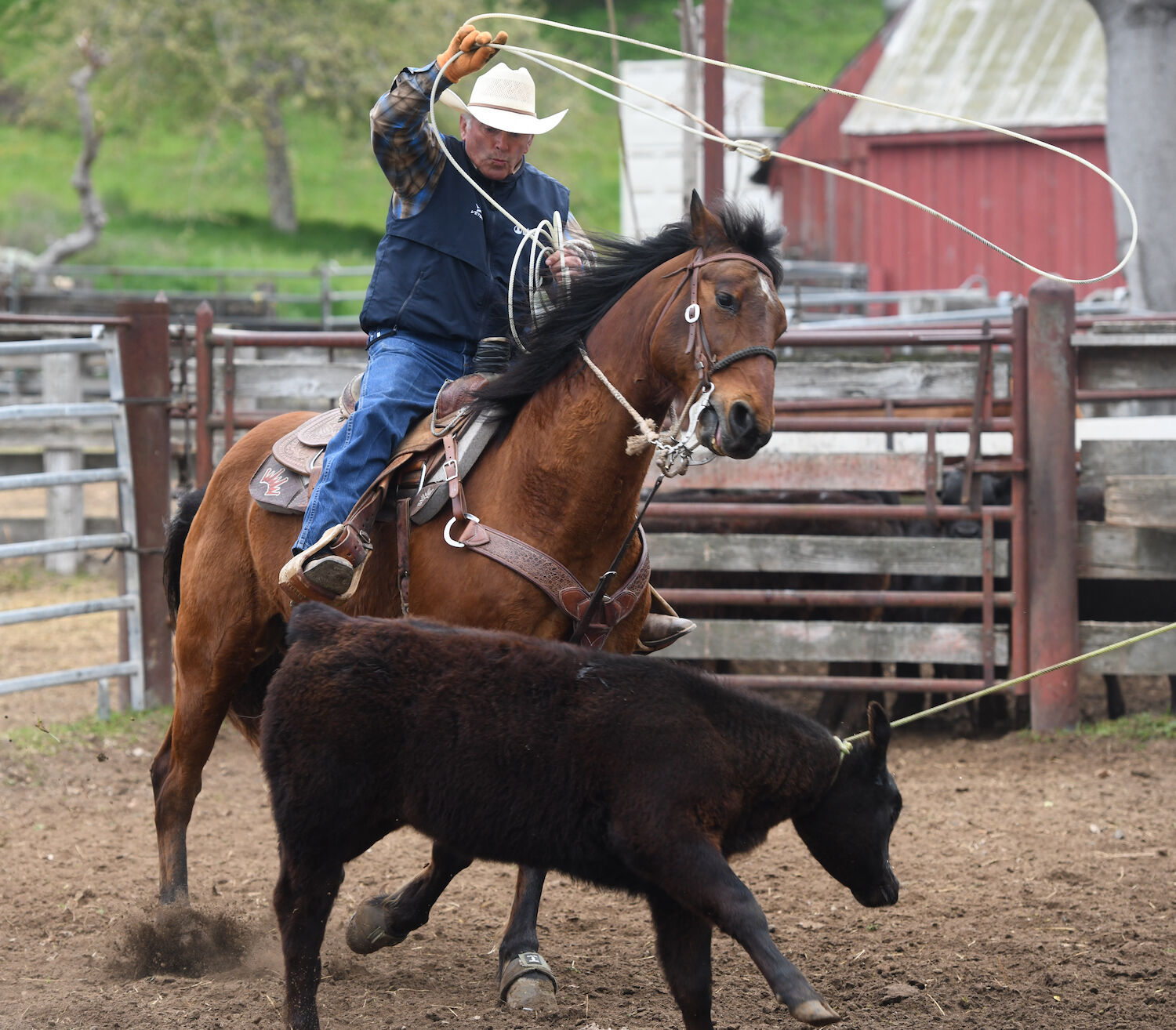
A vaquero successfully lassoes a baby cow at Rancho Sisquoc’s rodeo show
Santa Barbara’s seven distinct growing regions spread over 3,700 square miles. Its wide-open country splits between ranches and several small towns that don’t even remotely resemble Solvang. Take the “sophisticated cowboy town” of Santa Ynez, where vestiges of the lifestyle live on in venues like Maverick Saloon, a ramshackle dive bar with live music and line dancing. Or the Parks-Janeway Carriage House, a museum collection of horse-drawn carriages. Even Solvang pays the occasional nod, as with the dazzling new steak and seafood restaurant, Coast Range, and its attendant—and very appropriately named Vaquero Bar.
A few miles north of Santa Ynez sits Los Olivos, a 19th-century stagecoach stop that’s evolved into a small village so dense with winery tasting rooms no one need ever drink the same grenache twice. Here, the Western aesthetic is evident in the rustic, built-in-1886 tasting room of Saarloos & Sons, where petite syrah and the rare grenache blanc are produced, start to finish, on the family cattle ranch.
Keith Saarloos and his father intended to grow Fuji apples, but when their first harvest went unsold and wound up as cattle feed, they embraced grapes. Twenty years later, S&S sees three generations planting, harvesting, and making small-batch wines. Saarloos points out theirs is one of very few American households that can pair red wine with a steak dinner, knowing every part of the meal came from their own property.
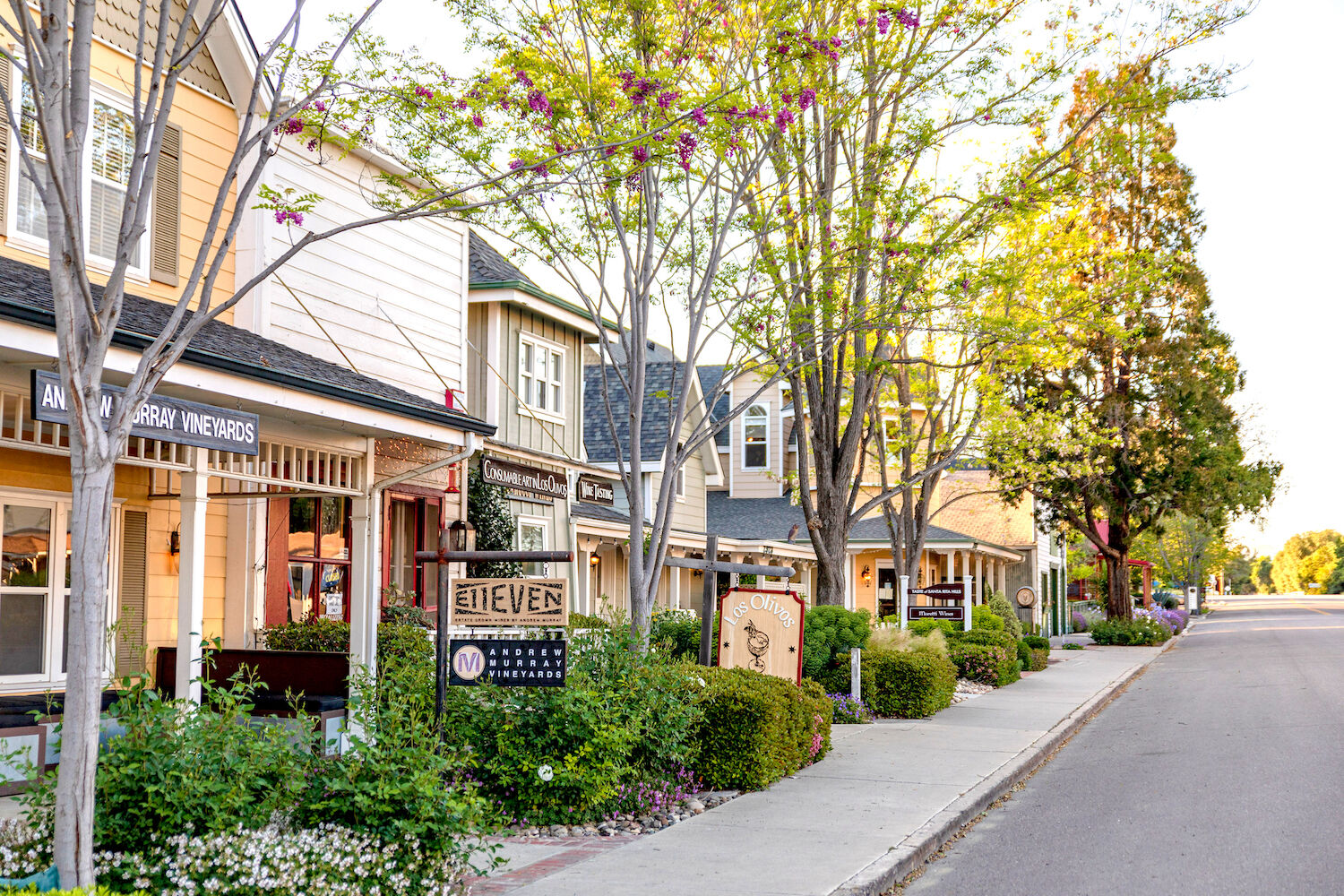
A view of downtown Los Olivos and its many tasting rooms representing vineyards across Santa Barbara County
A couple doors down, Carhartt Family Wines also serves from a historic wood structure, embellished by reclaimed bricks to form an idyllic, shaded back patio. The family ranch known for Rhone varietal wines—think grenache and mourvèdre—has recently added new dimensions to its tastings, as a second-generation winemaker Chase Carhartt explores interesting departures from chilled reds to the sparkling, sour beer-like wine hybrid, piquette.
Pinot noir enthusiasts looking to drink while wearing Stetsons and boots should look west to Santa Barbara’s coolest growing region, Santa Rita Hills. There, in the shadow of a small cattle ranch and equestrian center, sustainable growers Pence Vineyards produces pinots so delicate, they’re served before chardonnay on the tasting menu (by appointment only).
For romantic weekenders, one of the region’s newer wineries finally gives us a poetically apt way to describe the distinct contours viewed on this stretch of Central California. Folded Hills Winery manages to pair cowboyish tasting room with plush leather and grenache rosé. Meanwhile, its unusual farmstead includes cows, goats, a pair of alpacas, a camel, and two Clydesdales—a wink to another of its founding family’s beverage concerns: Anheuser-Busch.
When the tasting day finishes, the best way to personally experience the cowboy side of this country is to book a stay at Alisal Ranch. Grazing cattle since 1810, Alisal opened as a 73-room luxury dude ranch in 1946, offering bungalows spread among manicured lawns, a swimming pool, and golf course. But this charming, mid-century property sits on 10,000 acres of undeveloped foothills, interlaced with private horse trails and its own mile-long lake.
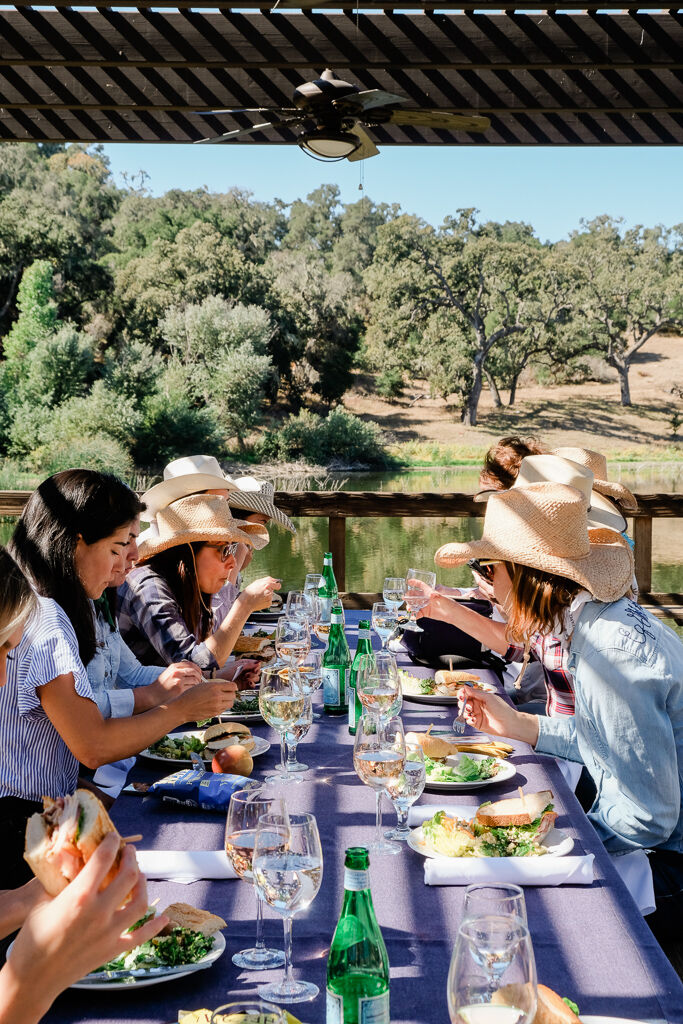
A group enjoys farm-fresh lunches, complete with wine (of course), at Alisal Ranch
Courtesy of Alisal Ranch
Guests of any riding experience have access to guided horseback rides, where any sense of modernity melts away into a landscape peppered with gorgeous California live oaks, their twisted branches dripping with lace lichen, like pale green Spanish moss. Three days a week, a morning ride culminates in a ranch-style breakfast cookout at the property’s original adobe farmhouse, nestled within a sycamore grove some three miles from the hotel grounds.
Alisal Ranch offers classes in various rodeo skills, including wrangling, barrel racing, and team sorting—the skill of separating specific cows out of a herd. Alisal has its own rodeo grounds, and successful class members are often invited to take part in rodeo events, held during summer. On-property horse rides are restricted to guests, but those who don’t bed down there may still fit in a unique wine country ride with Vino Vaqueros. Local rodeo competitors lead 75-minute, private rides across a scenic, 1,000-acre ranch populated by deer, bobcats, wild pigs, and the occasional bald eagle. Rides conclude with a wine tasting, and should anyone need a good reason to visit during the uncrowded winter season, that’s when daily 3 p.m. rides end, around sunset.
PARTNER CONTENT
But the best time to visit begins in spring, when those wildflowers bloom and the flaxen hillsides turn green. Forget about Denmark. Locals claim it looks a lot like Ireland. With cowboys.
